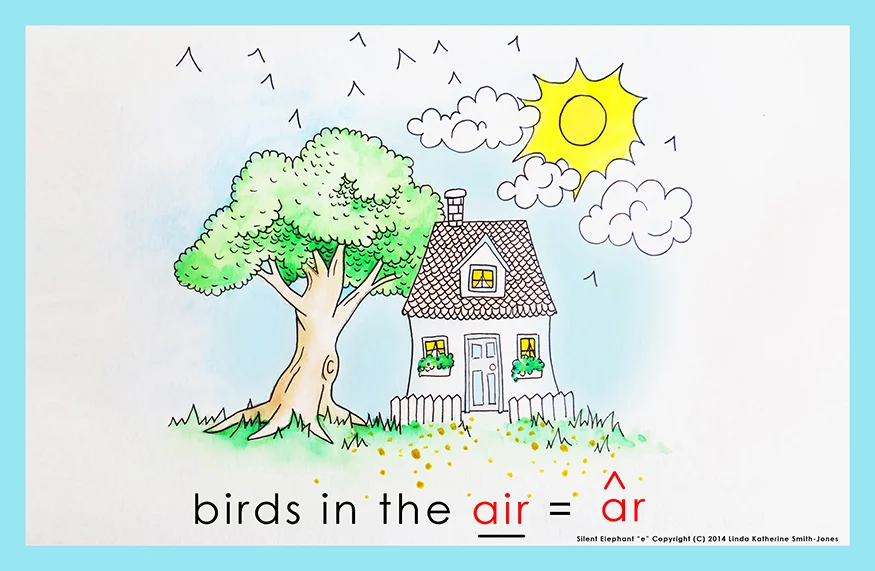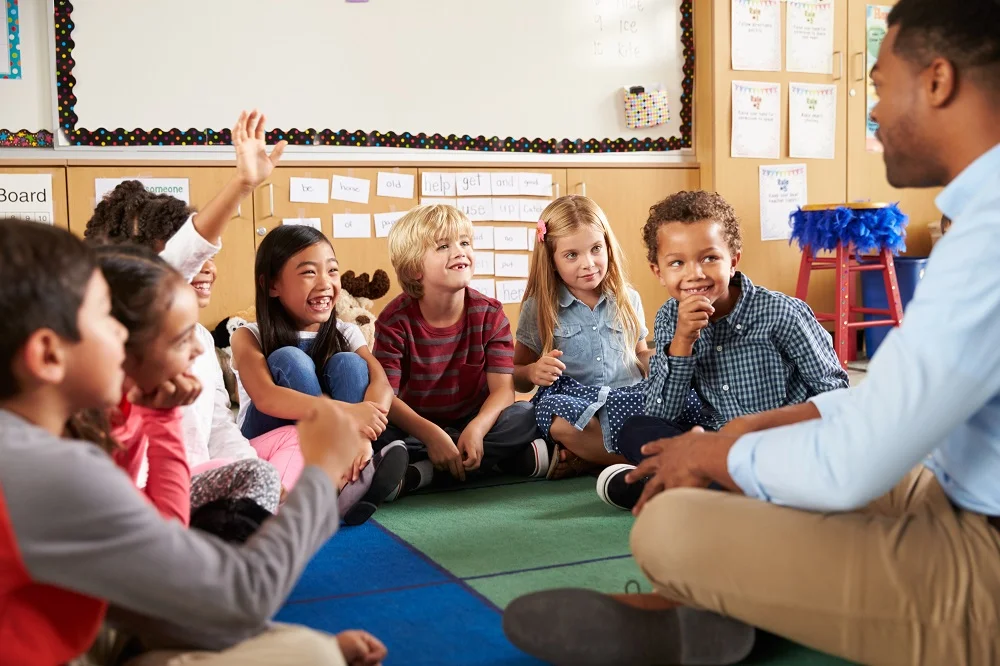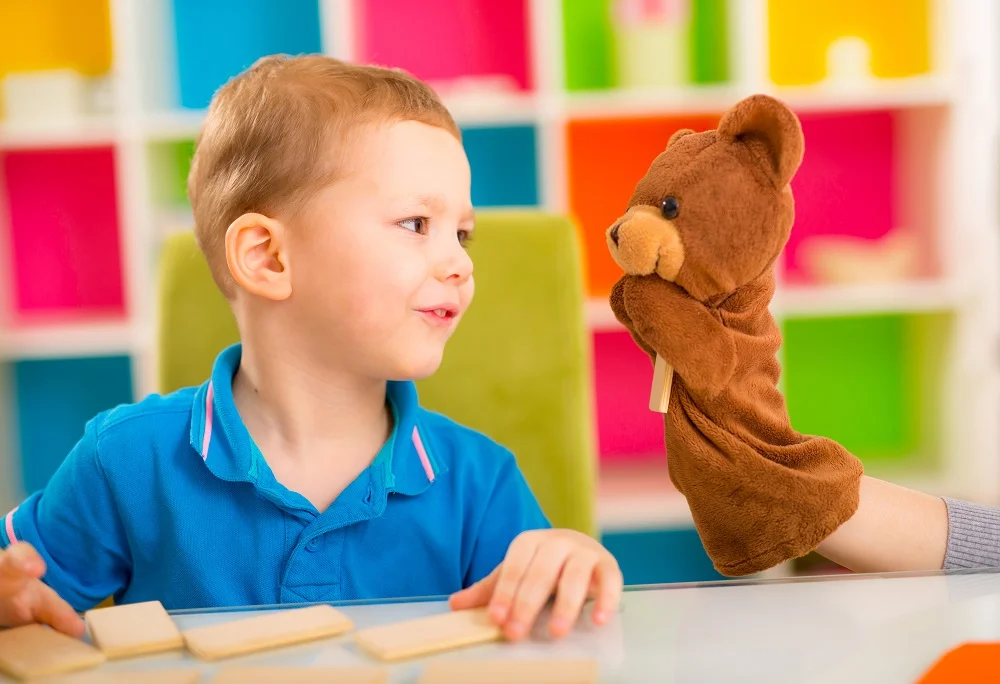THE ORIGIN OF SILENT ELEPHANT “e”®
I have a passion for teaching children with dyslexia. It began thirty-three years ago when I first discovered that my daughter is dyslexic.
I had already taught elementary education for twelve years and had my master's degree for nine of those years before her birth. I did as any fledgling teacher does—I read books on how to teach reading, attended workshops on how to teach reading and sought out advice from my colleagues for suggestions to help my struggling readers. Some ideas were helpful, but I still felt extremely frustrated with my incompetence to successfully meet the needs of many of my students no matter how many techniques I tried and no matter how much individual time I gave each of my struggling readers.
When my daughter was three, I could see in her drawings how she wrestled with directionality. She drew a picture of our family. You know the kind—round heads, jellybean tummies with bellybuttons, and stick arms and legs. She came dashing across the yard to the flower garden I was weeding and proudly said, “Mommy, I drew a picture of our family!”
I looked at the picture and kept my excited, joyful smile, but as I looked at it, I couldn’t help but ask with a light, happy voice, “How are we feeling?”
“We’re all happy!” she exclaimed.
“How do you know that?”
“Look at our big smiles!”
I hugged her and told her how wonderful and beautiful her drawing was of all of us. But she hadn’t drawn smiles—she had drawn frowns.
During the next few weeks, we played with make-up and drawing our faces while we looked in mirrors. “Look how the corners of our mouths go up so close to our eyes when we smile. Let’s feel the corners of our mouths going up to our eyes.” It took a long time before she could draw a smiling face, but by three and a half she was winning coloring and drawing contests in our city. She is a landscape architect today.
Ever since that telltale summer day, I have spent over thirty years trying to convince educators that there really is such a thing as dyslexia. It was not until Sally Shaywitz’s book Overcoming Dyslexia was published in 2003 with fMRI evidence of brains of dyslexics that worked differently when reading than non-dyslexic brains, could I get colleagues to listen politely to me. (In 2020, Sally Shaywitz, M.D. and Jonathan Shaywitz, M.D. completed a major update and revision of Sally Shaywitz’s original book.)
As more and more research in brain science is providing physical proof of dyslexia, I am finding it much easier to convince educators that there is such a thing as dyslexia and that we can teach dyslexic children and adults how to read, write and spell with effective, explicit instruction in phonemic awareness followed by precise and systematic instruction in phonics involving the whole-body to stimulate the parts of the brain that need to be activated and developed.
My experience of raising my daughter, the research I intently studied, and my diligence of continuously asking my students questions such as: “What helps you learn to read, to write, and to spell? What did I do today that helped you learn? What did I do that did not help you learn? How can I teach differently to help you?” guided my writing of Phonetic Reading with Silent Elephant “e” ™A Phonetic Reading Program for ALL Learners of Any Age Particularly Dyslexic or Struggling Readers, a reading program that meets the need of a precise, sequential, language based reading program ensuring that ALL children will develop automaticity and fluency in reading by the end of second grade.
— Linda Katherine Smith-Jones, Author of Silent Elephant “e”®
“Linda taught her reading program Phonetic Reading with Silent Elephant “e”® to individual struggling readers one-on-one in the hallway.... I watched the children bursting with positive self-confidence and pride in their blossoming reading skills! I was impressed with the positive improvements made by my most needy students!”






